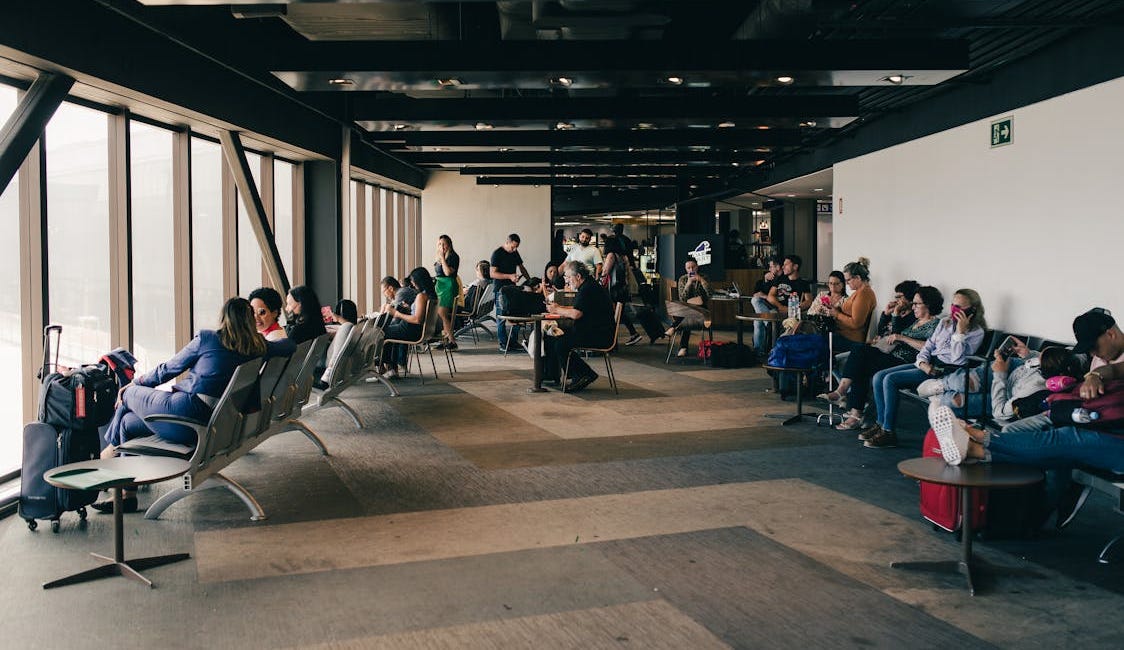Gate Access

Happy Monday, Travel Friend! My apologies for missing my usual morning delivery. I’m traveling today, and I guess I just gave it away that I write these newsletters in real-time. As I was going through security, I noticed a few things that sparked today's topic. I love these moments because they remind me of the simple tips I sometimes overlook, as they’ve become second nature to me. Also, this week won’t have “The Quick List” as news for this area is pretty low. Lookout for it next week. Let’s get into it!
This Monday’s edition:
5 Overlooked TSA Details That Make a Big Difference
Read “Checkpoint: 60 Tips Passengers Should Know When Going Through TSA Screening.”
5 Overlooked TSA Details That Make a Big Difference
Traveling with half empty bottles
Many passengers try to carry on bottles that are half empty, claiming the liquid inside is less than 3.4 ounces. Unfortunately, it doesn’t matter if the bottle is half full—the container itself must be 3.4 ounces or smaller. TSA officers won’t estimate the amount of liquid inside; they always go by the container size marked on the bottle. To avoid delays and frustration at security, make sure your containers are the correct size before you pack them.
Leaving small pieces of paper in your pockets
Leaving paper in your pocket when going through the body scanner is one of the most frustrating things you can do in the eyes of TSA officers. Even the smallest piece of paper can trigger an alarm, leading to an unnecessary pat-down. When an officer says to empty your pockets, they mean everything—no matter how small. Taking that extra moment to double-check will save you time and avoid additional screening.
Flying with hair pins or pieces
Hair jewelry and pins can set off alarms during the body scan, leading to an unnecessary pat-down. If you’d rather avoid having an officer touch your hair, remove these items and hold onto them as you go through the scanner.
Booking a flight with your nickname
Many people don’t realize that common nicknames can be used on your boarding pass. For instance, if your ID says Richard but you go by Rick, your boarding pass can show Rick. While your boarding pass usually needs to match your ID exactly, common nicknames are an exception to this rule.
The X-ray machine decides your type of screening
Most TSA checkpoints have upgraded their technology, allowing you to keep your laptop and other large electronics in your bag. Look for the larger X-ray machines labeled "Smiths Detection"—these indicate you may be able to leave everything in your bag, even if you're a standard passenger.
Gate Access E-Guide
The first official Gate Access e-guide is here! Checkpoint: 60 Tips Passengers Should Know When Going Through TSA Screening. I discovered these tips during my time at TSA, and I’ve broken them down into bite-sized chunks for you to refer to when needed. Every week, I’ll unlock tips from this e-guide until all are revealed. All paid subscribers will have access to this guide, and a version will be made available for purchase after the weekly reveal. Check out the second week's reveal here.
Visit The Lounge
The Lounge is your go-to spot for all things Gate Access. It includes all previous stories, tips, deals, and reliable travel information published by Gate Access.





